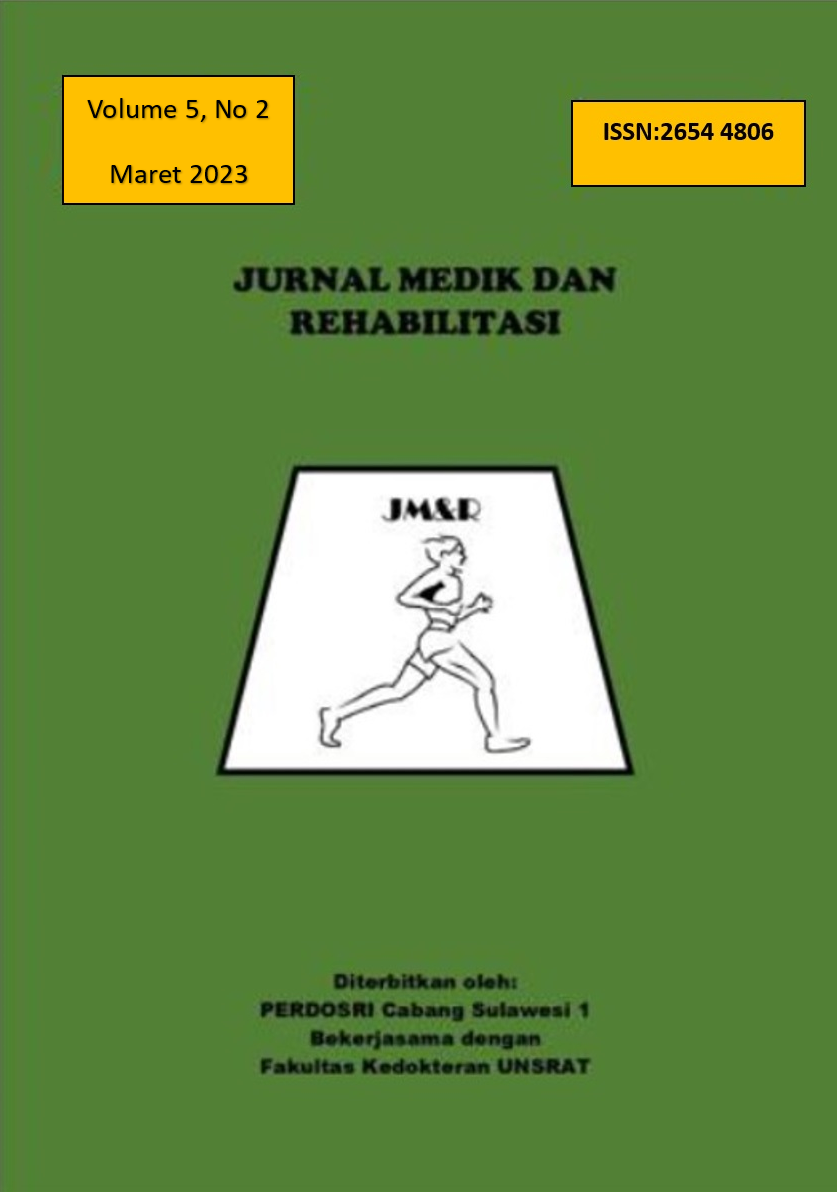PHYSICAL MEDICINE AND REHABILITATION MANAGEMENT IN PATIENT WITH CHARCOT MARIE TOOTH TYPE 2
Abstract
The Charcot–Marie–Tooth (CMT) indicates a group of hereditary polyneuropathies, with both motor and sensorial manifestations, within the “hereditary motor and sensory neuropathy”. CMTs are the most common hereditary peripheral neuropathies in the world, with about 10 to 28 cases every 100,000 live births. Charcot–Marie–Tooth pathophysiology has been categorized into 2 processes : a predominant demyelinating process resulting in low conduction velocities (CMT1) and a predominant axonal process resulting in low potential amplitudes (CMT2); many intermediate forms, however, have been discovered. The disease starts in the first decade, with a distal involvement of the lower limbs, associated with hypotony and hyposthenia; the first symptoms are: tripping on the forefoot, ankle twisting, clumsiness when walking, calves cramps; in time, the stepping horse-like gait appears.

